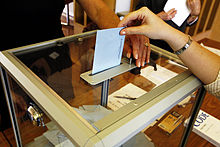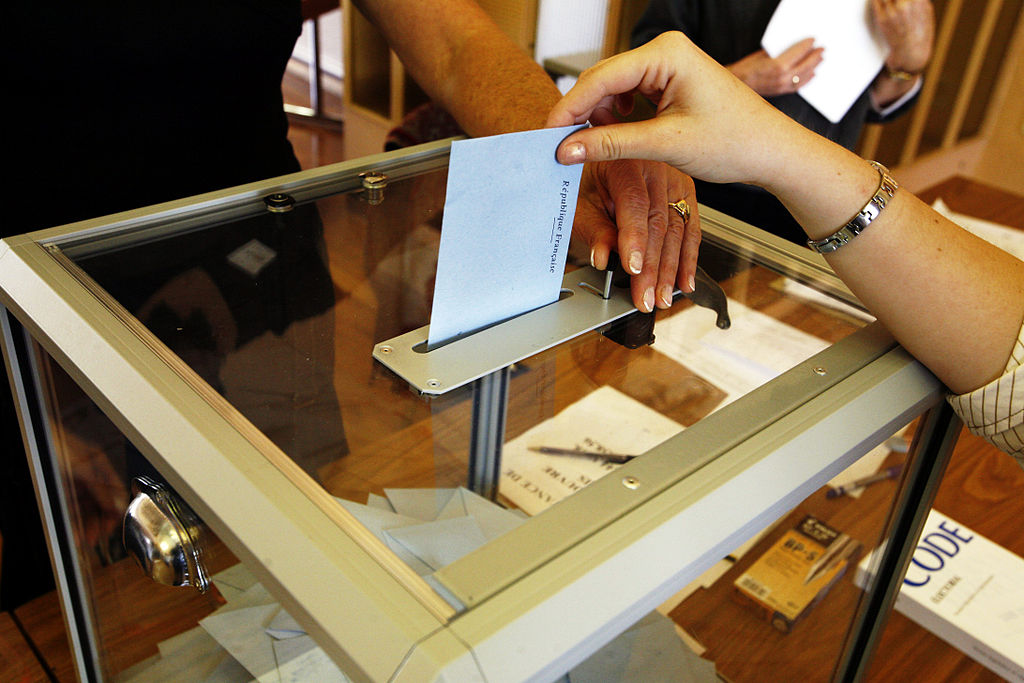Simply put, the more things changed, the more they stayed the same. According to yesterday’s exit polls, the religious layout of the electorate looks almost identical to the last midterm election in 2010, and not much different from the 2012 presidential election.
In 2010, Protestants voted Republican 59 percent to 38 percent, this time it was 60-38. (White Protestants went from 69-28 to 71-27.) As for Catholics, it was 54-44 Republican in 2010, 53-45 this year, with white Catholics staying at exactly 59-39. For the Nones, it was 68-30 Democratic in 2010 and 69-29 this year. The only significant difference from 2012 came among Catholics, who that year voted narrowly Democratic, 50-48. At 57-42, Protestants were only marginally less Republican.
The one group that appears to have shifted significantly compared to the last midterm were members of “other religions” — Jews, Muslims, Hindus, Buddhists, Sikhs, etc. In 2010, three out of four voted Democratic, while this time around it was two out of three. And given that their proportion of the vote increased from 8 percent to 11 percent, that was not a trivial number of votes.
You’re wrong, however, if you think that this shift came from Jewish voters disillusioned with the Democratic Party. Jews voted Democratic by 65-33 yesterday, as compared to 66-31 in 2010. Its the other Others who shifted.
Other than that modest increase in the Others, nothing much changed in terms of the religious proportions of the electorate compared to 2010. Protestants dipped a bit, from 55 percent to 52 percent. Despite reports of their decline, white evangelicals increased one point, from 25 percent to 26 percent. Catholics increased their share by a point as well, to 24. And the Nones, despite evidence of their rise, continue to punch below their demographic weight, remaining at 12 percent. (The latest numbers show them at 20 percent of the adult American population.)
Finally, what about the key factor of worship attendance? Those who said they attended once a week or more voted 58-40 Republican in 2010, 59-39 Republican in 2012, and 58-41 this year. For the non-weekly attenders, the comparison is harder to make, because the 2010 exit polls did not separate occasional attenders from those who said they never darkened a worship space.
Be that as it may, it does look as though there’s been some shift away from the Democrats on the part of those who attend worship irregularly. Perhaps charges of an Obamaite “war on religion” by evangelical and Catholic leaders have gotten through.







